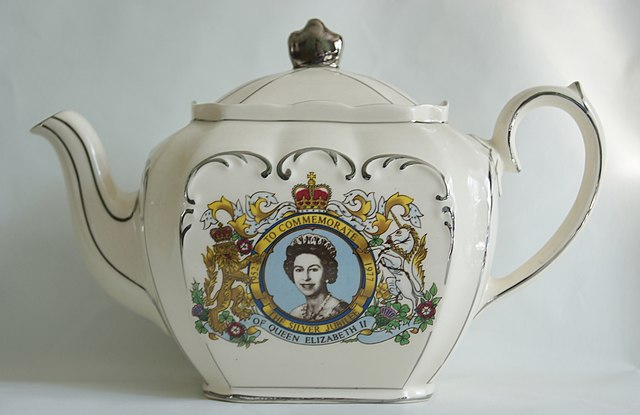Back to basics: using artefacts in the classroom
Primary History article

Using artefacts in the classroom
While most teachers recognise the importance of artefacts in history education, knowing how to use them effectively can often prove more challenging. This article suggests ways to investigate historical objects and provides a framework to support children’s observations.
Why use artefacts?
Artefacts are simply any object used by people in the past for practical, aesthetic or cultural reasons – this could be anything from a Victorian flat iron, to a Roman coin or even an iconic Mary Quant miniskirt. These objects give us valuable information about a broad range of people and societies, particularly those where there is little written evidence. In fact, it is often only through objects that we can explore the diversity of past peoples, since they are a universal part of human experience.
For children, objects provide a fascinating insight into the past and allow them to develop a deeper historical understanding. Not only is object-based learning accessible to nearly all pupils, but it also helps develop the wider skills of deduction and working collaboratively. Through the context of objects, concepts such as change and continuity can be brought to life...
This resource is FREE for Primary HA Members.
Non HA Members can get instant access for £2.49

